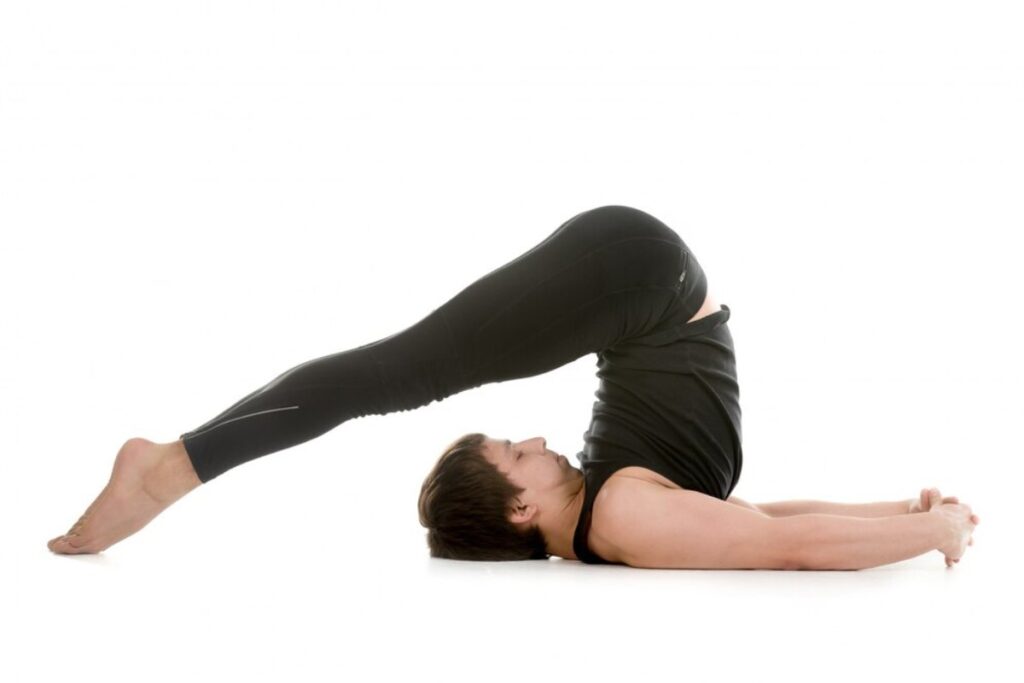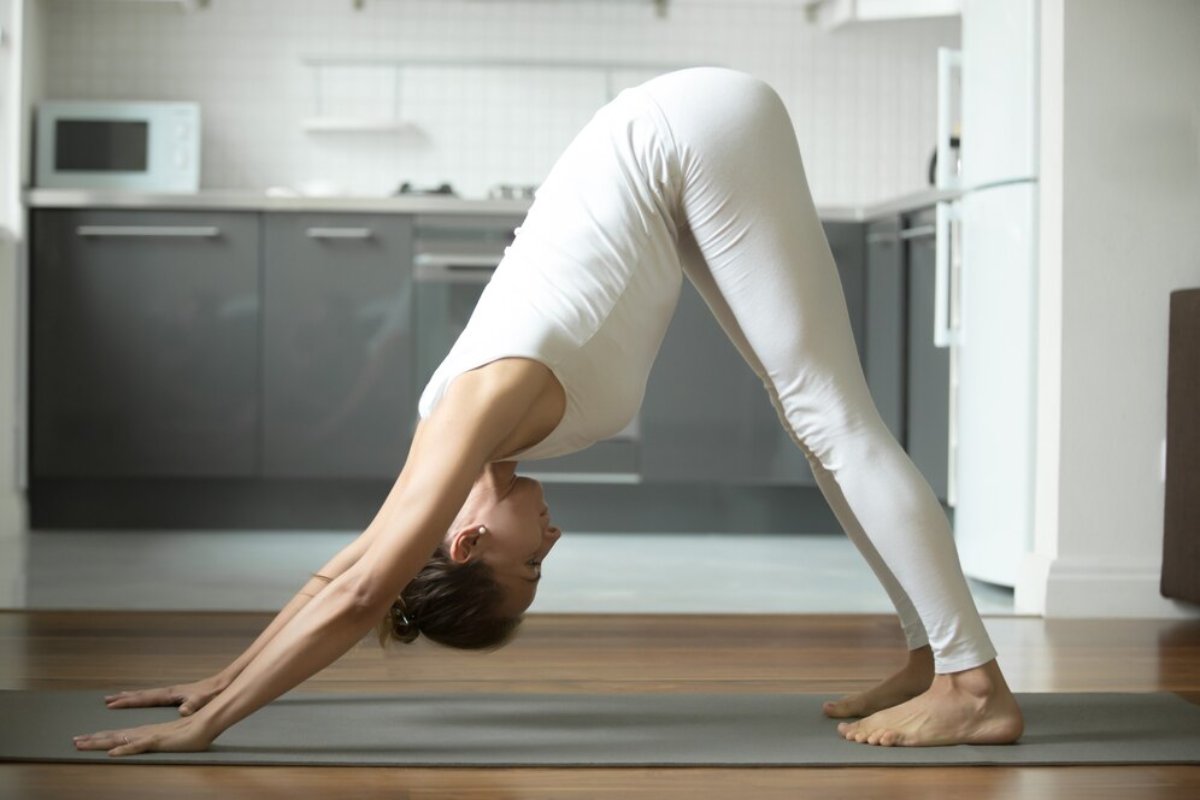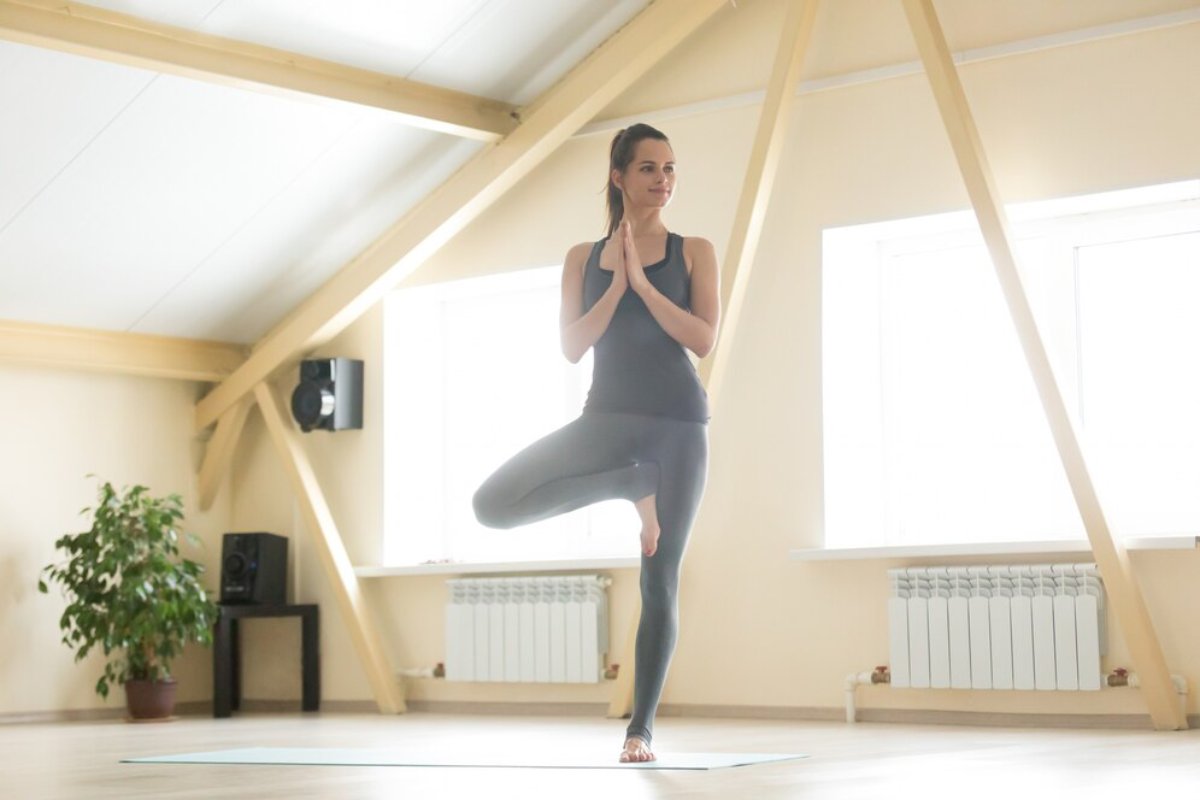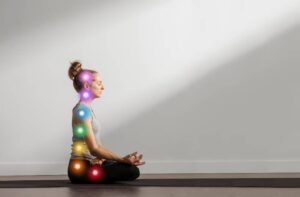The Yoga Blogs

Top Asanas to Clear Brain Fog
We’ve all been there. You look at your screen, but your brain goes nowhere. Concentration wavers, memory falters, and even the simplest decisions seem difficult. It’s infuriating but not uncommon.
Brain fog is not a medical condition but it is a real experience. It can be due to stress, bad sleep, poor nutrition, or information overload. These sorts of things can add up to feel mentally exhausted and emotionally spent.
The good news: yoga for brain fog is a legitimate way to push it away. Unlike coffee, yoga doesn’t just give you a quick boost. It helps restore balance, enhances cognitive function, and promotes mental clarity from the ground up.
How Yoga Helps Clear Brain Fog
Before we dive into the poses, let’s look at why yoga is great for mental clarity.
A Blend of Movement, Breath, and Mindfulness
Yoga combines physical postures, deep breathing, and meditation. Each part boosts brain health. Harvard Medical School says that mindful movements, like yoga, boost brain areas. These areas support memory, attention, and emotional control.
Reducing Stress and Inflammation
Chronic stress is a major cause of brain fog. Yoga lowers cortisol levels, reduces inflammation, and promotes a relaxing state. All these factors help improve your thinking and calm you down. It is best practice for mental refreshment.
Increased Oxygen Flow and Circulation
Certain yoga poses naturally promote blood flow to the brain. This boost of oxygen and nutrients makes you feel more alert and centered.
In short: Yoga doesn’t just clear your mind—it strengthens it.
Key Asanas to Boost Cognitive Function and Mental Clarity
The following mental clarity yoga poses are easy to do at home with little space. They activate the nervous system, calm the mind, and enhance cognitive function.

1. Downward-Facing Dog (Adho Mukha Svanasana)
Best for: Increasing circulation to the brain and refreshing energy
This classic pose shifts blood flow to the head, invigorating the brain and easing tension in the neck and shoulders.
How to do it:
- Start on all fours.
- Tuck your toes and lift your hips up.
- Straighten your legs (a slight bend is fine) and press your heels down.
- Relax your head and neck, breathing deeply for 5–10 breaths.
Why it helps: This pose increases mental clarity and reduces fatigue by reversing blood flow and stretching key muscles.
2. Bridge Pose (Setu Bandhasana)
Best for: Stimulating the brain and calming anxiety
Bridge Pose has both energizing and calming effects. It opens the chest, improves spinal flexibility, and sends fresh blood to the brain.
How to do it:
- Lie on your back with knees bent and feet hip-width apart.
- Press your feet into the floor and lift your hips.
- Clasp your hands under your back and roll your shoulders in.
- Hold for 30 seconds to 1 minute, then lower slowly.
Why it helps: This pose supports the thyroid gland and balances the nervous system, which helps reduce mental fog.
3. Seated Spinal Twist (Ardha Matsyendrasana)
Best for: Detoxifying the body and stimulating mental clarity
Twists wring out internal organs, stimulate digestion, and renew focus.
How to do it:
- Sit with your legs extended. Bend your right knee and cross it over your left thigh.
- Place your right hand behind you and your left elbow on the outside of your right knee.
- Inhale to lengthen your spine, then exhale to twist deeper.
- Repeat on the other side.
Why it helps: This pose eases tension and increases energy. It activates the spinal column and supports the nervous system.

4. Tree Pose (Vrikshasana)
Best for: Improving focus and balance
Tree Pose strengthens not just your legs but also your mental steadiness.
How to do it:
- Stand tall and shift weight to one foot.
- Place the opposite foot on your calf or thigh (avoid the knee).
- Bring your palms together in front of your heart or reach them overhead.
- Focus on a point in front of you and breathe steadily.
Why it helps: This balancing pose demands concentration and presence, making it a great way to reset a scattered mind.
5. Shoulder Stand (Sarvangasana)
Best for: Refreshing mental energy and aiding hormonal balance
This pose requires caution but can be very beneficial for brain fog.
How to do it:
- Lie on your back and lift your legs overhead, supporting your lower back with your hands.
- Keep your elbows close together and legs extended upward.
- Hold for up to 1 minute if comfortable, then roll out slowly.
Why it helps: It directs blood to the brain and stimulates the thyroid, boosting energy levels and mental alertness. Avoid if you have neck issues.
6. Legs-Up-the-Wall (Viparita Karani)
Best for: Relaxing the nervous system and mental reset
Perfect after a long day, this restorative pose is accessible to everyone.
How to do it:
- Lie down and extend your legs up a wall.
- Rest your arms at your sides, palms up.
- Stay here for 5–15 minutes, breathing slowly.
Why it helps: This gentle inversion eases nervous tension, drains lymph, and resets the mind. It’s great for managing overwhelm or pre-bedtime stress.

7. Sitting in Stillness (Easy Pose with Breathwork)
Best for: Cultivating mindfulness and daily mental clarity
Sometimes, the most powerful yoga pose is just sitting still.
How to do it:
- Sit cross-legged with a tall spine.
- Rest your hands on your knees.
- Inhale deeply for 4 counts, hold for 4, exhale for 6 counts.
- Repeat for several minutes.
Why it helps: Intentional breathwork slows brain activity and promotes clear, focused thinking. You don’t have to move to make progress.
Creating a Daily Yoga Routine for Mental Sharpness
If you’re new to yoga or returning after a break, here’s a simple routine to support brain function:
Daily 10-Minute Sequence:
- Start with Easy Pose and breathwork – 2 minutes
- Flow into Downward Dog – 1 minute
- Move to Bridge Pose – 1 minute
- Follow with Seated Twist – 2 minutes (1 each side)
- End with Legs-Up-the-Wall or Savasana – 4 minutes
Pro tip: Practice in the morning to set a focused, energised tone for the day.
Other Lifestyle Tips to Support Mental Clarity
While yoga is key, other habits can help or hurt your efforts. Pair your practice with:
- Adequate hydration – Even mild dehydration can cause mental sluggishness.
- Consistent sleep – Aim for 7–9 hours of quality sleep; it’s essential for memory and focus.
- Brain-friendly nutrition – Include omega-3s, leafy greens, and whole foods in your diet.
- Mindful breaks – Step away from screens often to prevent digital fatigue.
Take the next step: - Try the sequence above for the next 7 days.
- Reflect on how you feel after each session.
- Share your experience in the comments or with someone who needs this.
- When your mind is clear, your potential is limitless.
The Fog Will Lift
You may find brain fog isolating and exhausting. But it’s your body’s way of requesting a reset—an opportunity to slow down, breathe and re-centre. Yoga offers just that. And it’s not just about bending and stretching; it’s about reacquainting your mind with a world that too often distracts it.
Practice these yoga poses for a few minutes each day. They can improve your focus, calm your nerves and make you start feeling like you again. No expensive tools or memberships—just you, your breath, and a bit of intention.









